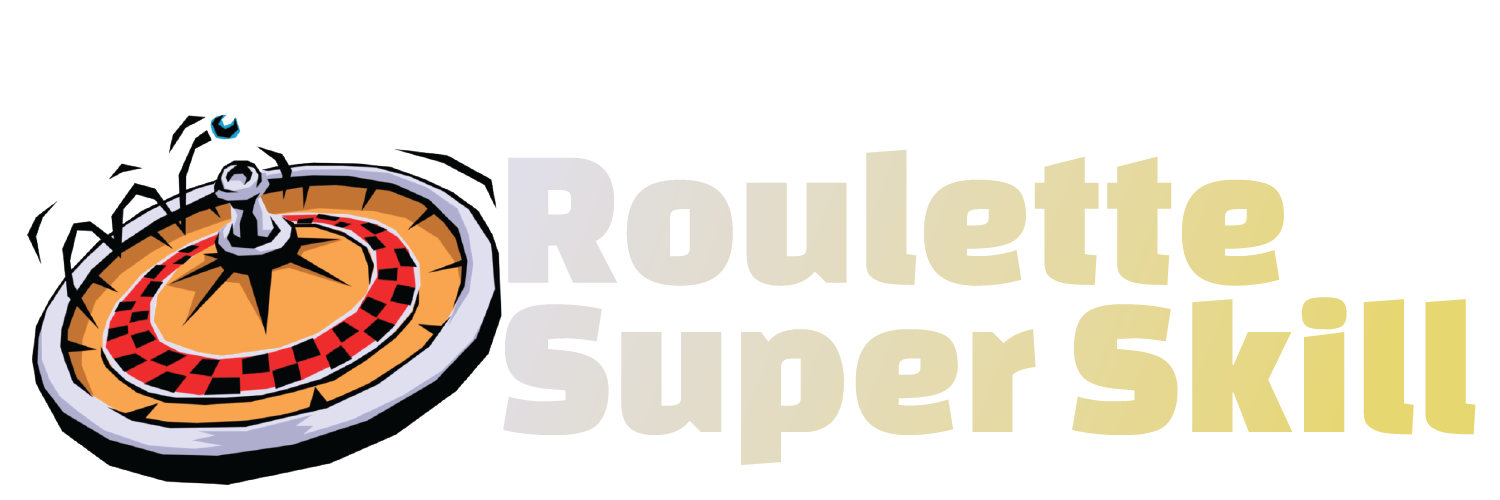
Bingo has come a long way since its roots in Italy during the 16th century; today it is incredibly popular both inside casinos and at home.
Bingo was introduced into the US market in 1929 under its initial name “Beano,” as players used beans to mark numbers on their cards. Legend has it that New York toy salesman Edwin Lowe attended a carnival where people were playing Beano. He noticed it and decided that its name lent itself better as Bingo; hence its current moniker.
Origins
Bingo is a timeless, multifaceted game of chance with roots dating back to 16th-century Italy, where it originated as “Lo Giuoco del Lotto d’Italia.” Over time it evolved in France and Germany before reaching America in 1929 thanks to Edwin S. Lowe who commercialized it as “beano.”
Lowe was impressed with how engaged his friends were when playing beano at a carnival, particularly one participant ecstatically calling out her number as soon as it was called out – this inspired Lowe to change its name from beano to bingo.
Modern bingo resembles its historical predecessors in that players mark off numbers on a card as they are called out by a caller, in an attempt to form straight lines or full houses and win prizes. Some games even allow additional patterns like postage stamps or four corners as valid outcomes of playing this version of bingo.
Rules
Bingo remains popular worldwide and remains played both physically and online venues. Its longevity can be attributed to many factors, including its sociability and fun appeal; however, many reasons have contributed to Bingo losing steam since reaching its zenith during the 1990s, including new gambling competition and more exciting casino games becoming available.
Edwin S. Lowe was inspired to recreate and market Bingo after witnessing its widespread appeal at a carnival in Jacksonville, Georgia in 1929. Inspired by its players’ excitement and interest, he decided to make several adjustments, such as using cards with five rows and columns of numbers and standardizing its rules to make it more accessible for all participants.
North America saw Bingo become increasingly popular as a church and charity fundraiser known as Beano in the early 1900s. Players would mark off squares on their cards using beans, shouting out “Beano!” when a pattern appeared that had won. Over time, however, its name gradually evolved into Bingo as it gained wider appeal and an increasingly sophisticated reputation.
Variations
Bingo offers multiple variations for players to enjoy the classic bingo experience, from various patterns and prize structures to music being added as an exciting extra touch.
In Europe during the 17th and 18th centuries, various lottery or numbered ball games became widespread, becoming particularly popular at traveling carnivals and fairs where it became known as “beano.” Finally in 1929 a New York entrepreneur named Edwin S. Lowe developed what has since become our beloved version of beano.
Lowe’s new game included cards with numbered squares in five vertical rows of nine squares each, leaving the center space open. When calling out numbers to mark, beans or other markers were used to mark them; when completing winning patterns they would shout “bingo!” This soon became known by all. Lowe also introduced blotters (ink bottles equipped with felt tips) to facilitate marking more efficiently.
Prizes
At the turn of the 17th and 18th centuries, various lottery or numbered ball games spread rapidly throughout Europe. Italy saw their version known as Lo Gioco del Lotto d’Italia; France enjoyed Le Lotto; while in Britain bingo halls became modern-day coliseums where camaraderie and competition swirled with numbers being called and people shouting “House!”.
Bingo was given its own distinct British flair when British bingo enthusiasts gave it their unique flavor, adding their own flair. Bingo became even more prominent during turbulent 1960s in Britain where there were radical social changes and rock ‘n’ roll was taking hold in society – Bingo provided an entertaining distraction where people shouting “house” provided an escape from everyday troubles.








